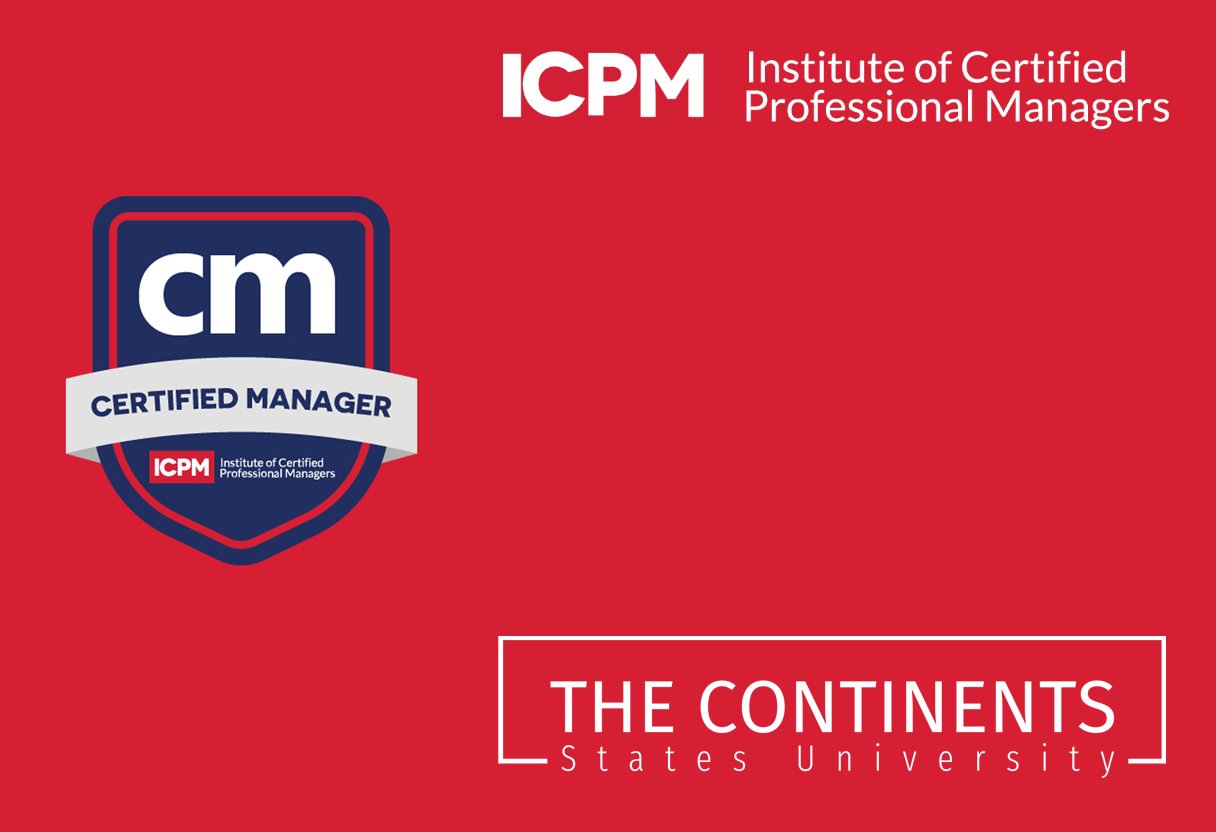Full-time college enrollment plays a significant role in shaping the academic journey of students. Understanding its definition, impact, and significance is crucial for achieving academic success. In this section, we will explore what full-time enrollment entails and the considerations students should keep in mind when making this important decision.
Key Takeaways:
- Full-time enrollment refers to taking a specific number of credits or courses per semester.
- Undergraduate students typically need to take at least 12 credits, while graduate students usually require a minimum of nine credits.
- Factors such as work and family responsibilities, financial situations, and additional commitments can influence the decision to enroll as a full-time student.
- Students need to consider the time commitments, tuition costs, and financial aid opportunities associated with full-time enrollment.
- Choosing to enroll full-time can contribute to higher retention rates and increase the likelihood of graduation.
What Does It Mean to Be a Part-Time Student in College?

A part-time student in college is someone who takes fewer credits or courses per semester compared to a full-time student. Typically, part-time undergraduate students take 11 or fewer credits per semester, while part-time graduate students usually take less than nine credits. It is worth noting that graduate students enrolled in their thesis or dissertation courses may have different requirements.
Part-time students make up a significant percentage of college enrollment, with 7.7 million part-time students out of the 19.6 million overall student population in fall 2019, according to the National Center for Education Statistics (NCES). Factors such as work, family commitments, and the desire for more flexibility in scheduling often contribute to higher part-time enrollment rates among graduate and nontraditional students.
Part-Time Enrollment Rates
Part-time enrollment rates in college vary depending on the student population and the institution. Nontraditional students, who may have work or family commitments, often choose part-time enrollment to manage their responsibilities effectively. According to the NCES, in fall 2019, about 42% of undergraduate students and 57% of graduate students were enrolled on a part-time basis.
- Undergraduate Part-Time Enrollment Rates: 42%
- Graduate Part-Time Enrollment Rates: 57%
“Part-time enrollment allows students to balance their education with work and family commitments, providing them with the flexibility they need to succeed in their academic journey.” – College Admissions Counselor
What Does It Mean to Be a Full-Time Student in College?
A full-time student in college is someone who is enrolled in the minimum number of credits or courses required by the institution to be considered full-time. Typically, undergraduate students need to take at least 12 credits per semester to be considered full-time, while graduate students need to enroll in at least nine credits.
According to the National Center for Education Statistics (NCES), a majority of full-time undergraduate students do not work, with about 43% being employed in 2018. In comparison, 82% of part-time students were employed during the same period. It is important to note that the enrollment requirements for full-time graduate students may vary depending on the program and institution. In fall 2019, there were 1.7 million full-time graduate students out of the 3.1 million students enrolled in graduate programs.
Being a full-time student comes with its own set of benefits and challenges. Full-time students often have a faster path to earning a degree, as they are more likely to complete their program within the standard timeframe. Additionally, being a full-time student often provides more opportunities for financial aid, scholarships, and on-campus living arrangements. However, there are also challenges associated with full-time enrollment, such as higher upfront tuition fees and less time available for work or other commitments.
Full-Time vs. Part-Time Enrollment: 3 Key Differences

When it comes to college enrollment, there are significant differences between full-time and part-time status. These differences can impact various aspects of a student’s academic journey, from tuition costs to time commitments. Here are three key differences to consider:
- Course Load: Full-time students typically take about 15 credits per semester, while part-time students usually take 1-3 classes per week. This difference in course load affects the time commitment required for academics. Full-time students must dedicate more hours each week to their studies compared to part-time students.
- Tuition Costs: Tuition costs can vary based on enrollment status. Part-time students often pay per credit, resulting in lower tuition fees per semester. However, this also means an extended timeline to complete their degree. On the other hand, full-time students usually pay an annual or semester-based tuition rate, which may provide cost savings for students who take a higher number of credits per term.
- Financial Aid Opportunities: Eligibility for financial aid, including grants and scholarships, is influenced by enrollment status. Full-time students generally have more financial aid opportunities available to them. However, part-time students may still qualify for scholarships based on merit or need.
These differences in course load, tuition costs, and financial aid can have a significant impact on a student’s experience and decision-making process when it comes to choosing between full-time and part-time enrollment.
Benefits and Challenges of Full-Time Enrollment
Full-time enrollment in college offers numerous benefits for students. Firstly, it provides a faster path to degree completion. By taking a full course load each semester, full-time students are able to progress through their academic program more quickly, allowing them to enter the workforce or pursue advanced education sooner.
Another advantage of full-time enrollment is the increased availability of financial aid opportunities. Many scholarships, grants, and other forms of financial assistance are specifically designed for full-time students. These financial resources can help alleviate the burden of tuition fees and make college more affordable.
Furthermore, full-time enrollment is often associated with higher retention rates. Studies have shown that students who enroll full-time are more likely to stay on track and complete their degree within the expected timeframe. This may be due to the increased focus and dedication that comes with a full course load.
However, full-time enrollment also comes with its challenges. One of the main challenges is the higher upfront cost of tuition fees. Full-time students typically pay a fixed tuition rate per semester, which can be a significant financial burden for some students. Additionally, the time commitment required for full-time enrollment leaves less time available for work or other commitments, which can make it more challenging to balance academic and personal responsibilities.
In summary, full-time enrollment in college offers benefits such as accelerated degree completion, increased financial aid opportunities, and higher retention rates. However, it also presents challenges in terms of higher tuition fees and time commitment. Students should carefully consider their goals, financial situation, and personal circumstances when deciding whether full-time enrollment is the right choice for them.
Challenges and Benefits of Part-Time Enrollment

Part-time enrollment in college presents students with a unique set of challenges and benefits. One of the primary challenges faced by part-time students is the balancing act of juggling multiple commitments. Whether it’s work, family responsibilities, or personal obligations, finding the right balance between school and other aspects of life can be demanding. However, part-time enrollment offers the advantage of flexibility in managing these commitments, allowing students to tailor their academic schedule to fit their individual needs.
Another challenge associated with part-time enrollment is the potential for an extended graduation timeline. Taking fewer credits per semester means that it may take longer to complete the required coursework for a degree. While this can be a drawback for some students who are eager to enter the workforce or pursue further education, it can also provide an opportunity for a more gradual and manageable academic journey. This extended timeline can also help alleviate the financial burden of education, as students can spread out their tuition costs over a longer period, making it more affordable.
One of the benefits of part-time enrollment is the potential for employer tuition assistance programs. Many employers offer financial support for employees who choose to pursue higher education while working. This assistance can help alleviate the financial burden of part-time enrollment and make it more feasible for individuals who may not have the financial resources to pursue full-time studies. Additionally, part-time students have the advantage of being able to focus more intensively on each course, as they have fewer classes to manage at a time. This can lead to a deeper understanding of the material and better overall academic performance.
Benefits of Part-Time Enrollment:
- Flexibility in managing multiple commitments
- Opportunity for a more gradual academic journey
- Potential for employer tuition assistance
- Ability to focus more intensively on each course
Challenges of Part-Time Enrollment:
- Juggling multiple commitments
- Potential for an extended graduation timeline
- Limited access to certain opportunities and resources
Frequently Asked Questions About Full-Time College Enrollment

As a prospective college student, you may have some questions about full-time enrollment. Here are answers to frequently asked questions that can help you make an informed decision:
1. What does it mean to be a full-time student in college?
Being a full-time student in college means that you are enrolled in the minimum number of credits or courses required by the institution to be considered full-time. Typically, undergraduate students need to take at least 12 credits per semester, while graduate students need to enroll in at least nine credits. Being a full-time student can have an impact on your academic journey, financial aid opportunities, and overall time commitment.
2. How much does full-time college enrollment cost?
Tuition costs for full-time college enrollment vary depending on the institution and program. Generally, full-time students pay an annual or semester-based tuition rate, which may provide cost savings for students who take a higher number of credits per term. It’s important to consider tuition costs, as well as any additional fees, when deciding on full-time enrollment and to explore financial aid options such as scholarships, grants, and loans.
3. Can I work and study full-time in college?
While it is possible to work while being a full-time student in college, it can be challenging to balance both commitments. Full-time enrollment requires a significant time commitment for coursework, studying, and participating in extracurricular activities. It’s important to assess your ability to manage your time effectively and determine if working while enrolled full-time is feasible for your individual circumstances. Additionally, some financial aid packages may have restrictions on the number of hours students can work while receiving aid.
Remember, choosing between full-time and part-time enrollment is a personal decision that depends on your goals, commitments, and financial situation. Understanding the implications and benefits of full-time enrollment can help you make an informed choice that aligns with your academic and career aspirations.
Conclusion
In conclusion, the decision to enroll as a full-time or part-time college student is a significant one that comes with its own set of benefits and challenges. Full-time college enrollment offers a faster path to degree completion, more financial aid opportunities, and higher retention rates. However, it can also involve higher upfront costs and less time available for work or other commitments. On the other hand, part-time college enrollment allows for greater flexibility in managing work and other obligations. It can also help reduce the financial burden of education by spreading out tuition costs over a longer period.
When making the decision between full-time and part-time enrollment, students should carefully consider their personal circumstances, goals, and priorities. Factors such as work and family responsibilities, financial situations, and additional commitments should be taken into account. It is crucial to weigh the benefits and challenges of each enrollment status and determine which aligns best with individual needs and aspirations.
Ultimately, there is no one-size-fits-all answer to the full-time versus part-time enrollment dilemma. The choice should be based on a thorough evaluation of the advantages and disadvantages specific to each student. Whether pursuing a full-time or part-time college education, the key is to make an informed decision that sets the foundation for success and personal growth.
FAQ
What does full-time enrollment in college mean?
Full-time enrollment in college refers to taking a specific number of credits or courses per semester, typically at least 12 credits for undergraduate students and nine credits for graduate students.
What is a part-time student in college?
A part-time student in college is someone who takes fewer credits or courses per semester compared to a full-time student. Part-time undergraduate students usually take 11 or fewer credits, while part-time graduate students take less than nine credits.
How many part-time students are there in college?
According to the National Center for Education Statistics (NCES), there were 7.7 million part-time students out of the 19.6 million overall student population in fall 2019.
Do full-time students work?
A majority of full-time undergraduate students do not work, with about 43% being employed in 2018. In comparison, 82% of part-time students were employed during the same period.
What are the differences between full-time and part-time enrollment in college?
Some key differences include the number of credits taken per semester, tuition costs, financial aid opportunities, and time commitment required for academics.
What are the benefits of full-time enrollment in college?
Full-time enrollment offers a faster path to earning a degree, more financial aid opportunities, and higher retention rates. It also provides options for on-campus living arrangements.
What are the challenges of full-time enrollment in college?
Challenges include higher upfront tuition fees and limited time available for work or other commitments.
What are the challenges of part-time enrollment in college?
Part-time students may face challenges in balancing school with work and family responsibilities, as well as an extended graduation timeline. However, part-time enrollment offers more flexibility.
Can part-time students receive financial aid?
Part-time students may still qualify for scholarships based on merit or need, but full-time students generally have more financial aid opportunities.
What should I consider when deciding between full-time and part-time enrollment?
Factors to consider include personal circumstances, goals, priorities, time commitments, tuition costs, work obligations, and financial aid opportunities.
Source Links
- https://www.investopedia.com/terms/f/fulltimestudent.asp
- https://www.thoughtco.com/what-is-a-full-time-student-793235
- https://www.bestcolleges.com/blog/full-time-vs-part-time-student/


